How Do You Create a Smart Kitchen? A Step-by-Step Guide
The kitchen has always been the heart of the home, but now it’s getting a serious upgrade. A smart kitchen isn’t just about fancy gadgets—it’s about making cooking easier, saving time, and cutting down on energy use. If you’re wondering, how do you create a smart kitchen? It all comes down to smart planning, choosing the right tech, and making sure everything works together.
1. Start with a Plan
Before buying a single piece of tech, think about what you actually need. A smart kitchen should fit your lifestyle, not the other way around.
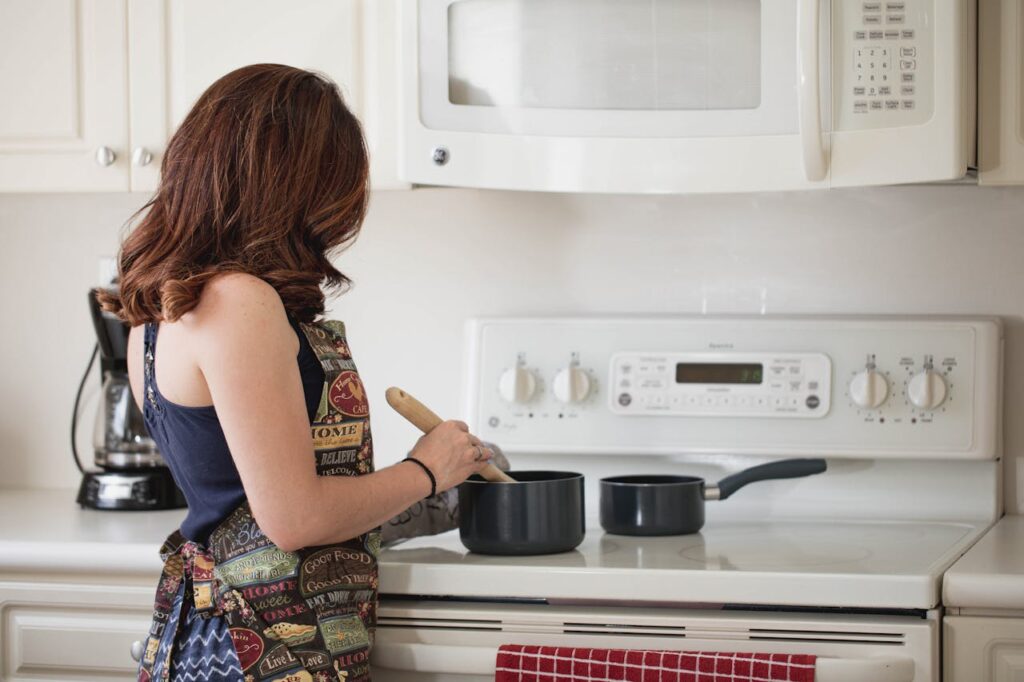
Ask Yourself These Questions:
- How do you cook? Do you love slow-cooked meals or do you prefer quick, high-heat cooking?
- Who uses the kitchen? If multiple people cook, voice controls and shared apps might help.
- What’s your budget? Smart kitchen tech ranges from affordable to luxury.
- How much space do you have? Smaller kitchens might need multi-functional appliances.
Design with Workflow in Mind
A good kitchen layout makes cooking more efficient. Many designers follow the Triangle Rule—placing the sink, stove, and fridge in a triangle with no side longer than 9 feet. This keeps everything within easy reach.
If you’re remodeling, this is a great time to rethink your space. If not, just make small changes—like moving commonly used items closer together.
2. Pick the Right Smart Appliances
Smart appliances make life easier, but not all are worth the investment. Focus on the ones that will actually save time and effort.
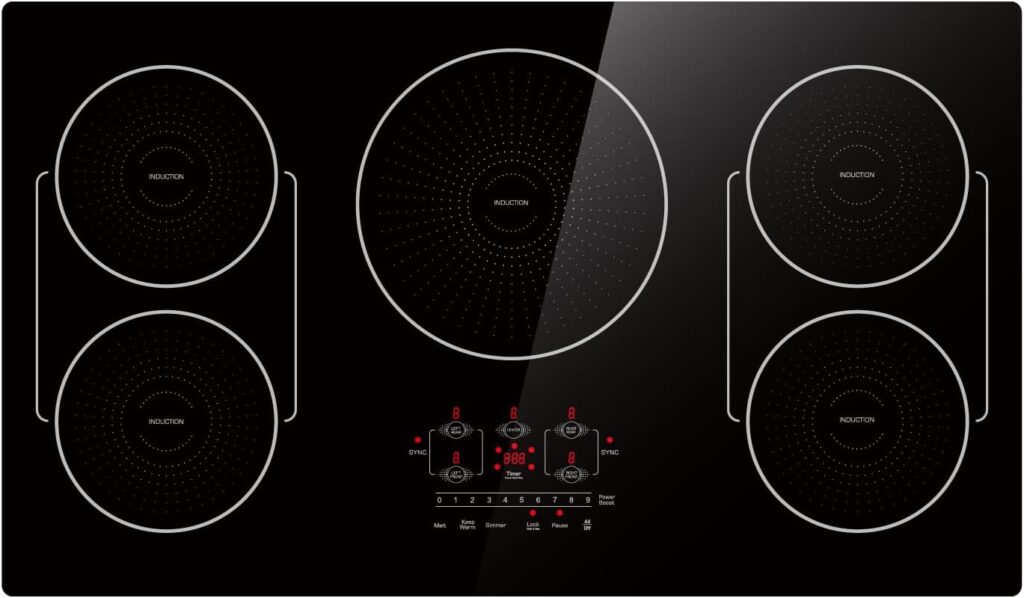
Must-Have Smart Appliances
- Smart Refrigerator
- Internal cameras to check what’s inside from your phone.
- Touchscreens with grocery lists and family calendars.
- Temperature control from an app.
- Smart Oven
- Remote preheating from your phone.
- Precise temperature control for better results.
- Built-in cooking guides to help with recipes.
- Smart Cooktop
- Induction cooktops with automatic heat adjustment.
- Safety features like auto shut-off if a pan overheats.
- Smartphone alerts when food is ready.
- Smart Dishwasher
- Sensors that adjust cycles based on how dirty the dishes are.
- Wi-Fi-enabled monitoring and scheduling.
- Energy-efficient options that use less water.
- Multi-Function Smart Gadgets
- Air fryers, pressure cookers, and all-in-one cooking systems with app controls.
- Coffee makers that start brewing with a voice command.
- Blenders with pre-programmed settings for perfect smoothies.
Not every appliance needs to be smart, but upgrading a few key ones can make a huge difference.
3. Add Voice Control for Hands-Free Cooking
Once you have smart appliances, make them even easier to use with voice control. No more fumbling with buttons when your hands are covered in flour—just tell your kitchen what to do.
Best Voice Assistants for Kitchens
- Amazon Alexa – Works with a wide range of smart kitchen devices.
- Google Assistant – Great for setting timers, finding recipes, and controlling appliances.
- Apple Siri (HomeKit) – Best for Apple users with HomeKit-compatible devices.
What Can You Control with Your Voice?
- Set timers and reminders – “Hey Google, set a pasta timer for 10 minutes.”
- Adjust appliance settings – “Alexa, preheat the oven to 375 degrees.”
- Play cooking videos or music – Perfect for following a recipe or setting the mood.
- Check what’s in your fridge – Some smart fridges let you ask what’s inside.
- Turn on or adjust lights – No more fumbling for switches while carrying groceries.
Voice control is a game-changer, especially when you’re multitasking in the kitchen.
4. Upgrade to Smart Lighting
Good lighting makes cooking easier and sets the right mood. Smart lighting gives you control over brightness, color, and even automation.
Smart Lighting Options
- Motion-Activated Lights – Turn on automatically when you enter the kitchen.
- Voice-Controlled Lights – Adjust brightness without touching a switch.
- Color-Adjustable Lights – Warm tones for dinner, bright white for meal prep.
- Under-Cabinet Smart LED Strips – Adds task lighting for chopping and prepping.
How to Use Smart Lighting
- Bright white light for cooking – Helps with visibility when prepping food.
- Warm light for dining – Creates a cozy atmosphere for meals.
- Dimmable options for energy savings – Reduce brightness when it’s not needed.
- App and voice control – Turn lights on/off or dim them with a tap or a command.
Lighting is one of the easiest and most affordable ways to make your kitchen feel smarter.
5. Organize with Smart Storage Solutions
A cluttered kitchen makes cooking stressful. Smart storage solutions keep things organized and easy to find.
Smart Storage Ideas
- Pantry Inventory Apps – Scan barcodes to track what’s in your pantry.
- Smart Cabinets – Some high-tech cabinets open with a voice command or a touch sensor.
- Adjustable Shelving – Maximizes storage space for different-sized items.
- Drawer Organizers with LED Lights – Lights up when you open them.
- Fridge Organization Sensors – Alerts you when food is about to expire.
A well-organized kitchen makes meal prep faster and keeps waste to a minimum.
6. Make Sure Everything Works Together
A smart kitchen works best when all devices communicate with each other. If your fridge, oven, and lights are all on different systems, you’ll waste time switching between apps.
How to Keep Your Smart Kitchen Connected
- Choose a Main Ecosystem – Amazon Alexa, Google Assistant, or Apple HomeKit.
- Check Compatibility Before Buying – Not all smart appliances work with every system.
- Use a Smart Hub – Devices like Samsung SmartThings help different brands connect.
- Automate Your Setup – Create routines like “Cooking Mode” to turn on lights, preheat the oven, and play music with one command.
A fully integrated kitchen saves time and makes cooking way more enjoyable.
7. Save Money with Energy-Efficient Smart Tech
A smart kitchen isn’t just about convenience—it can also lower your energy bill. Smart appliances use sensors and automation to avoid waste.
Ways to Cut Energy Use
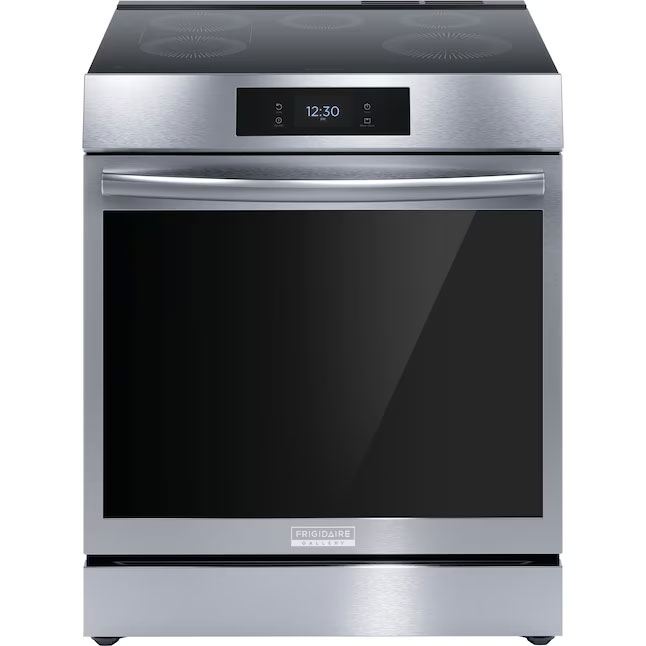
- Smart Refrigerators – Adjust cooling based on usage and alert you if the door is left open.
- Smart Ovens – Use less energy by preheating efficiently and shutting off automatically.
- Smart Dishwashers – Adjust water and energy use based on load size.
- LED Smart Bulbs – Use 75% less energy and last longer than regular bulbs.
- Smart Plugs – Turn off appliances when they’re not in use to avoid wasted electricity.
Energy-efficient smart tech pays for itself over time with lower utility bills.
8. Enhance Safety with Smart Home Security
Smart home security isn’t just for the front door—it can also protect your kitchen.
Safety Features to Consider
- Smart Smoke & Carbon Monoxide Detectors – Sends alerts to your phone if there’s a problem.
- Smart Water Leak Sensors – Detects leaks under sinks and near dishwashers before major damage happens.
- Smart Cameras – Keep an eye on your kitchen when you’re away.
- Motion Sensors for Lights – Helps prevent accidents when moving around at night.
A safer kitchen gives you peace of mind, whether you’re home or away.
9. Control Temperature with Smart HVAC
Cooking can heat up a kitchen fast, making it uncomfortable. A smart thermostat adjusts your home’s temperature automatically.
Benefits of Smart HVAC in the Kitchen
- Adjusts cooling based on kitchen activity – Keeps the space comfortable while cooking.
- Remote temperature control – Change settings from your phone.
- Learns your schedule – Saves energy when you’re not home.
Smart thermostats help keep the kitchen at the right temperature without wasting energy.
10. Plan for the Future
Smart kitchen tech is always evolving. Plan ahead so you can easily upgrade later.
Future-Proofing Your Smart Kitchen
- Stick to a single smart home platform – Makes upgrades easier.
- Choose Wi-Fi and Bluetooth-enabled devices – Avoid outdated tech.
- Leave room for expansion – Future gadgets might need more space or power outlets.
A little planning now makes it easier to stay up to date later.
Final Thoughts
So, how do you create a smart kitchen? It’s all about making cooking easier, saving energy, and keeping everything connected. Start with a plan, pick the right appliances, and make sure everything works together. Whether you’re adding just a few smart upgrades or going all-in with a high-tech setup, a smart kitchen makes life a whole lot better.
FAQ: How Do You Create a Smart Kitchen?
1. What is the first step in creating a smart kitchen?
Start by assessing your cooking habits and needs. Think about which smart features would actually make your life easier. Then, plan your layout, making sure your fridge, stove, and sink follow the Triangle Rule for efficiency.
2. Do I need to replace all my appliances to have a smart kitchen?
Not at all. You can start small with smart plugs, lighting, or a voice assistant. If you’re ready for bigger upgrades, consider adding a smart fridge, oven, or dishwasher over time.
3. How do I make sure all my smart kitchen devices work together?
Choose a main smart home ecosystem like Amazon Alexa, Google Assistant, or Apple HomeKit. Check compatibility before buying any new devices and consider using a smart hub to keep everything connected.
4. Are smart kitchens energy-efficient?
Yes! Many smart appliances are designed to use less water and energy. Features like automatic shut-off, energy monitoring, and smart thermostats can help lower utility bills.
5. Can I retrofit my existing kitchen with smart technology?
Absolutely. You can add smart gadgets like motion-activated lights, smart faucets, and app-controlled cooking devices without a full remodel. Even small upgrades can make your kitchen feel modern and more convenient.

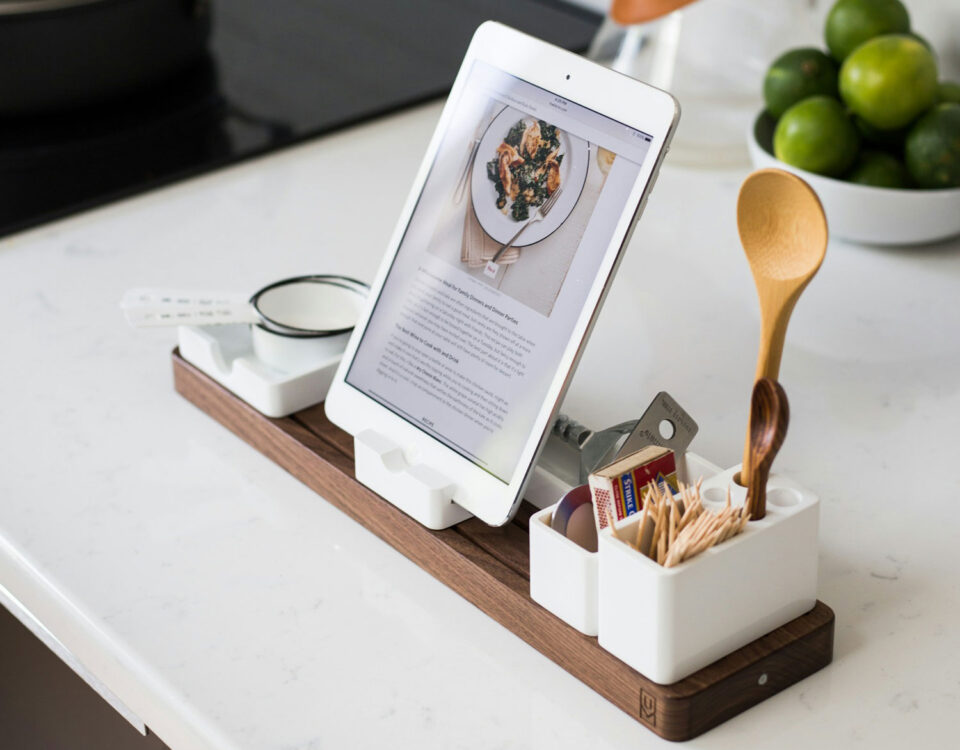

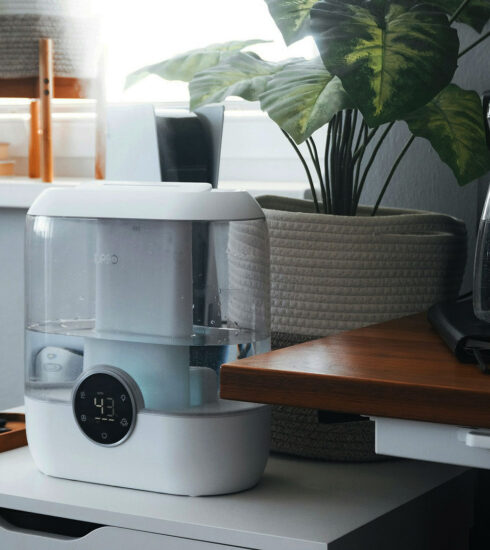

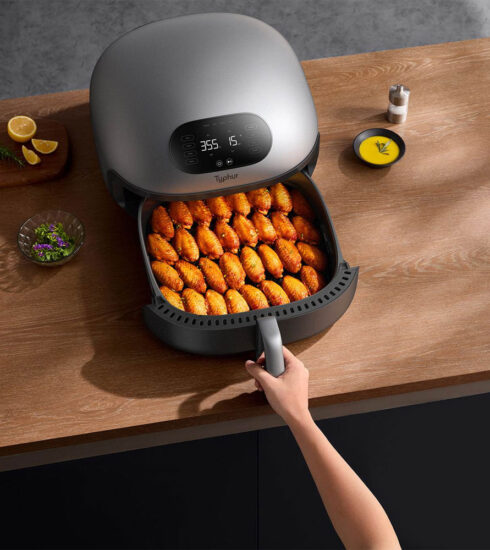
1 Comment
Smart Kitchen Essentials: Best Devices for Every Budget
1 week ago[…] if they align with your cooking habits. Smart kitchen gadgets save time, improve precision, and add convenience. If you cook often, devices like smart ovens, air fryers, and sous vide cookers can make meal prep […]